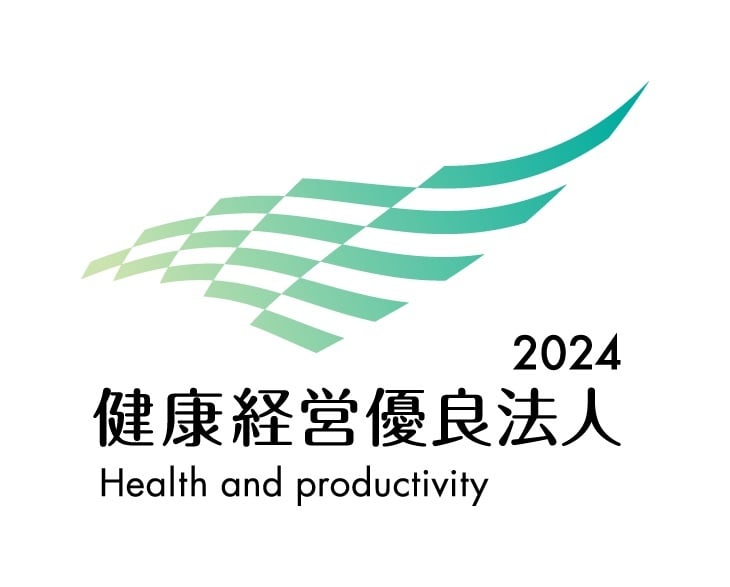When installing the hose assembly to equipment and piping, it is necessary to pay attention to the following items.
1: Confirmation of storage period
2: Length setting
2-1: When using in a straight line
L: Length of hose assembly
Y: Use straight line distance
2-2: When using by bending with both ends fixed
When bent into a U shape | When bent into an L shape |
L=π(r+D/2)+2A | L = π/2 (r + D/2) + 2A + i |
L : Free length of hose π: Circumference ratio r : Minimum bending radius of hose D: Maximum outer diameter of hose | L : Free length of hose π: Circumference ratio r : Minimum bending radius of hose D: Maximum outer diameter of hose i : Length of straight part of hose |
L : Free length of hose
π: Circumference ratio
r : Minimum bending radius of hose
D: Maximum outer diameter of hose
T : Travel
hose Size | 6 | 9 | 12 | 15 | 19 | 25 | 32 | 38 | 50 |
-04 | -06 | -08 | -10 | -12 | -16 | -20 | -24 | -32 | |
mm | 30 | 40 | 40 | 60 | 70 | 80 | 100 | 120 | 140 |
3: Repeated bending
4: twist
When installing the hose assembly, care must be taken to ensure that it is not twisted and that the hose assembly does not become twisted during operation of the equipment.
4-1: Torsion due to joint thread type
When installing, check the hose mark printed on the hose to see if it is twisted.
4-2: Torsion when bending in three dimensions
Especially when moving, since twisting occurs, use an accessory or the like to bend the hose assembly in the same plane to prevent twisting of the hose assembly.
4-3: Torsion when one end moves
In this case, the hose assembly is installed in the moving direction of the moving equipment and piping to prevent twisting.
4-4: Torsion when vibrating differently
5: Arrangement
6: protection
6-1: In the case of a sharp bend
There should be no gap between the joint of the protection spring and the end of the hose.
6-2: When twisting or sharp bending is unavoidable
6-3: When there is interference
If the hose assembly inevitably interferes with others, install a resin cover, exterior braid, protective spring, etc. to prevent injury due to interference, or fix the hose assembly using brackets, clamps, etc. to avoid interference. Appropriate interference prevention measures are required.
* The main examples and countermeasures in case of interference are shown.
① When piping a hose assembly, be sure to measure the bending radius at the point where pressure is applied to the hose.
Since the hose may move as the pressure rises, in order to suppress this change, the curved part of the hose is not fixed and protected with an exterior braid and protective spring.
② Do not allow the hose to hit sharp objects.
Prevent hose contact by installing clamps at short intervals.
③ Make sure that the hose does not hit the exercise equipment.
④ Avoid unnecessary contact of the entire hose
If the hoses are in contact with each other, it will cause injury and cause the hose to burst, so install a jig to avoid contact.
7: Installation of hose assembly
② Use air to remove foreign matter from contact areas such as joint threads and seat surfaces, clean them, and reuse them.
8: Tightening torque of threaded joint
If screws are tightened with proper tightening torque, they will not loosen or leak during use.If fluid leaks from the seal, do not tighten it forcibly, and check the seat surface for dust or scratches.Forcibly tightening may damage the contact part of the joint.
The screw joint should be tightened with a torque wrench as securely as possible, with an appropriate tightening torque value, and when it is unavoidable for work, use a spanner specified by JIS, and do not use a monkey wrench.
In addition, it is necessary to consult with the assembly manufacturer regarding the tightening torque of other screws.
Call | pipeparallel Nominal of screw | tightening torque N・m | Applicable pressure range MPa |
5 · 6 | 1/4 | 25 | 34.5 |
8 · 9 | 3/8 | 34 | 34.5 |
12 | 1/2 | 64 | 34.5 |
15 · 19 | 3/4 | 132 | 27.5 |
25 | 1 | 196 | 27.5 |
32 | 11/4 | 225 | 17.0 |
38 | 11/2 | 255 | 10.5 |
50 | 2 | 316 | 10.5 |
